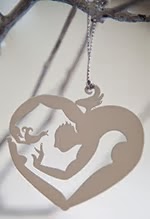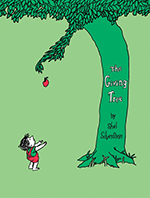WE ALL KNOW the answer when asked which came first, the chicken or the egg? The question and the answer are rhetorical. Eggs are the perfect symbols for spring. Before eggs were associated with Easter and the resurrection of Jesus; Chinese, Egyptians, Gauls, Persians, and Romans used eggs in their rite-of-spring festivals. They represented the Earth's rebirth after a long winter. Eggs are containers for new life. Humans even start out as an egg, but that, of course takes us back to the obvious.
GROWING UP, I have fond memories of the new suit for church-going on Easter Sunday every year, along with the candy-filled basket left by a mythical bunny. And of course I remember the gleeful Easter egg hunt in the fresh unmown grass. The confectioner's smell from jelly beans, marshmallow Peeps and chocolate bunnies permeated the air inside along with the fresh smells of tulip trees and other early blooming flowers outside. All are brought together in a heady gust stirred up by the brisk winds of spring. Change and new life are in the air. And a cleansing of our souls takes place.
AND THE LIGHT, it seems, is warmly beamed directly from heaven, coaxing things back to life again. That's what every spring becomes . . . a rebirth, however you choose to believe, it's undeniably intoxicating, life-giving and affirming. I'll leave you with these images, because as it is said, a picture is worth a thousand words. In the spirit of my favorite season, I created three times that here. These are some of my best, so I'll let them speak with their light.
When we live in darkness, our human life is a constant want.
When we live in Light, our divine life is a constant achievement.
Light in the physical is beauty.
Light in the vital is capacity.
Light in the mind is glory.
Light in the heart is victory.
—Talk on the Inner Light by Sri Chinmoy
SIGNS OF LIFE | (Top, left) The heart shaped leaves of the American Redbud tree have yet to form here. They first burst forth with spring flowers, like tiny sweet peas, that appear magically along the gnarled bark of the tree branches. It's easy to associate this tree with the miracle of rebirth, rather than its usual dark connection with Judas. A branch hung with speckled multi-hued eggs (from Marshalls) emphasizes the point. The ceramic bunny is from West Elm and the antique glazed cache pot is from my collection. An alpine bird ornament from Merck Family's Old World Christmas is a joyful symbol of spring and overlooks its egg-filled nest. Glassblowers in Germany often kept wild birds during the winter months since the sound of the gas flame in the workshop prompted the birds to sing. When spring arrived, the birds returned to freedom.
EPHEMERAL BEAUTY | (Middle) An even grander indication of spring, a branch from a yellow-blooming tulip tree (Japanese magnolia) provides short-lived beauty. The flowers, when cut from this tree with prehistoric magnolia roots quickly turn brown and start dropping their petals in a matter of hours—a lesson in the tenuous, but glorious bond life has with its source. These delicately floral-patterned egg ornaments are from Michaels. Their original frilly bow hangers were removed and replaced with simple ribbons—beautiful just as they are as an artistic reverence to nature.
©2010 DARRYL MOLAND | ALL RIGHTS RESERVED
photography and styling by Darryl Moland












































%5CMoland_Darryl%5CBarbara's%20Books%5CTDT.Barbara'sBooks.space.png)



